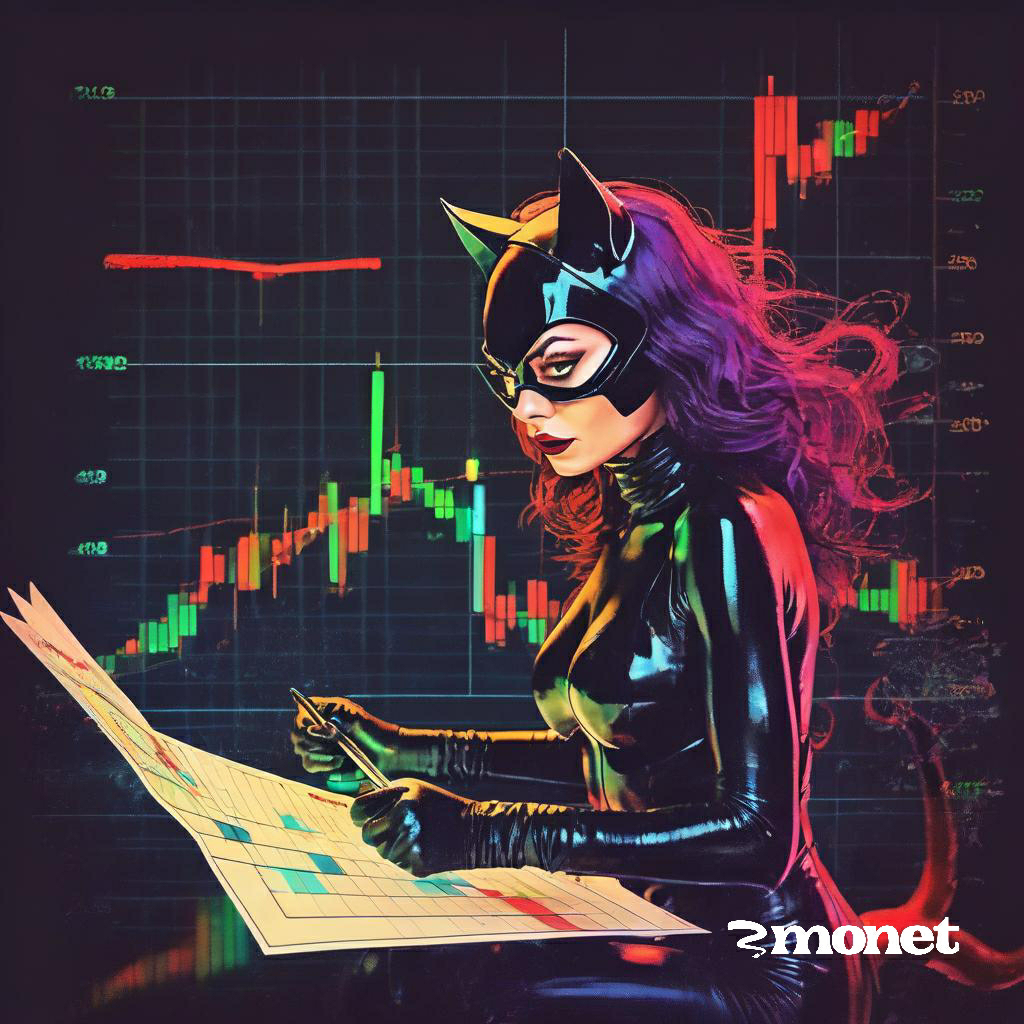Impact of CPI and PPI news on Gold:

The Consumer Price Index (CPI) and the Producer Price Index (PPI) are key economic indicators that measure inflation at the consumer and wholesale levels, respectively. Both have significant impacts on the price of gold. Here's how they can influence gold prices: ### CPI (Consumer Price Index) #### What it Measures: - CPI measures the average change over time in the prices paid by urban consumers for a basket of goods and services. - It is a primary indicator of consumer inflation. #### Impact on Gold Prices: 1. **Inflation Indicator**: Higher-than-expected CPI indicates rising inflation, which often leads to higher gold prices. Gold is seen as a hedge against inflation. 2. **Monetary Policy Response**: If CPI data shows rising inflation, the Federal Reserve might raise interest rates to control inflation. Higher interest rates can lead to a stronger dollar and reduced attractiveness of gold, which does not yield interest. 3. **Market Sentiment**: When CPI is high, mark...






